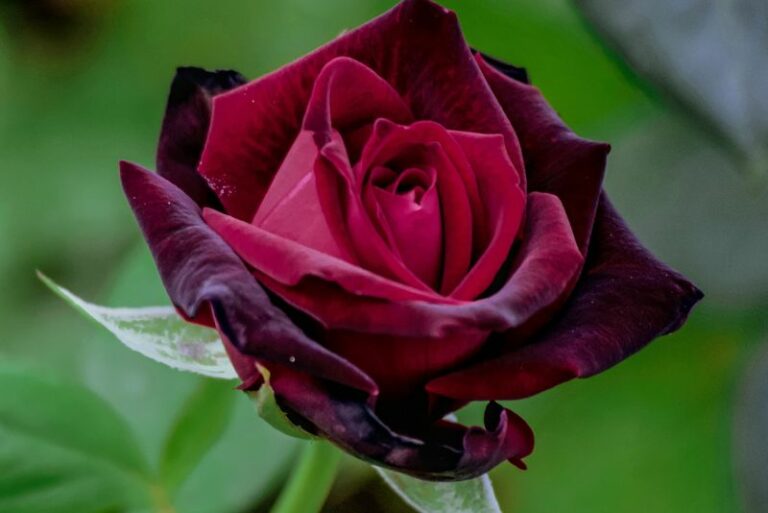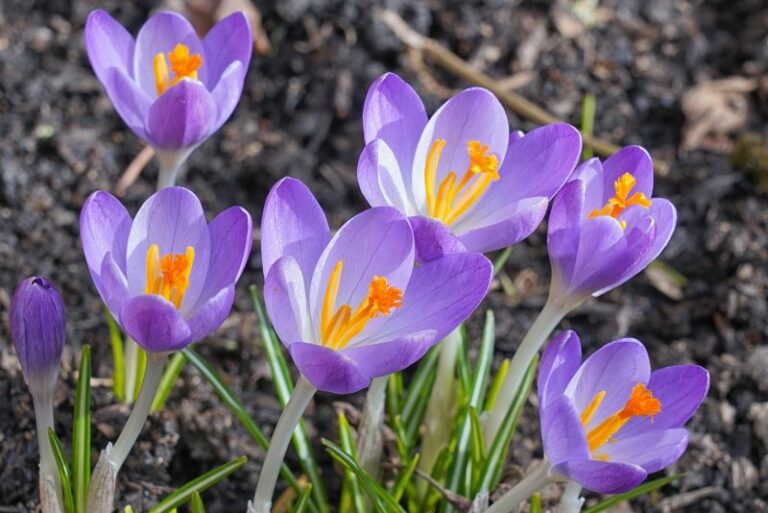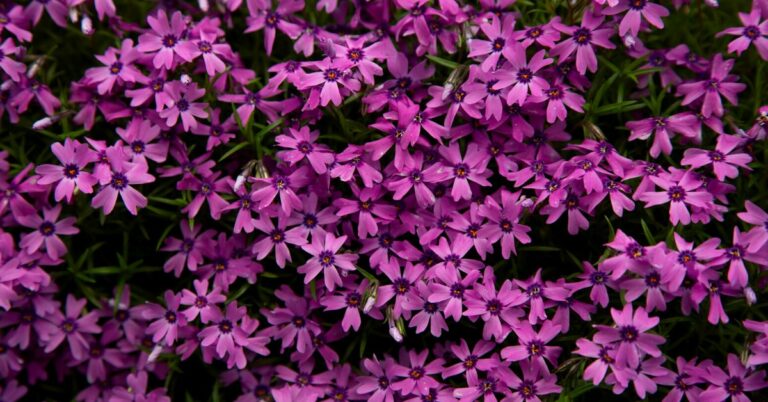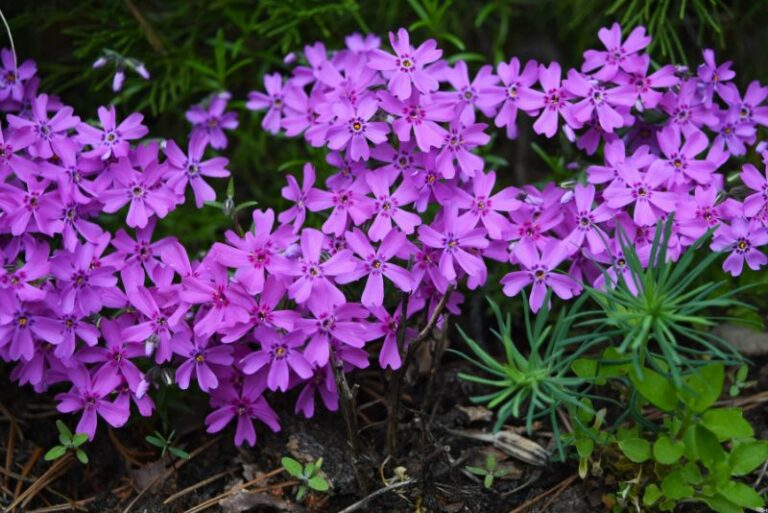Wildflower Strips: A Guide to Attracting Pollinators to Your Yard
The buzzing of a bee as it seeks out nectar can be a comforting and familiar sound for many gardeners. As important pollinators of countless plants, these small creatures play a pivotal role in the health and beauty of our gardens. There’s a simple and effective way to draw them in closer to home: wildflower strips. This guide is for those who wish to learn how to turn a section of their yard into a vibrant, pollinator-friendly oasis.
The Importance of Pollinators in Your Garden
Before we dig into the details of wildflower strips, it’s crucial to understand why pollinators are garden superheroes. Their role isn’t merely to provide us with picturesque scenes of nature in action; it’s more profound. They facilitate the process by which plants produce fruits and seeds, transferring pollen from one part of the flower to another or from one flower to another. This activity supports the growth of the food we eat and the flowers we enjoy. However, habitat loss and other environmental factors have led to a decline in pollinator populations, making their conservation an urgent task.
Benefits of Wildflower Strips
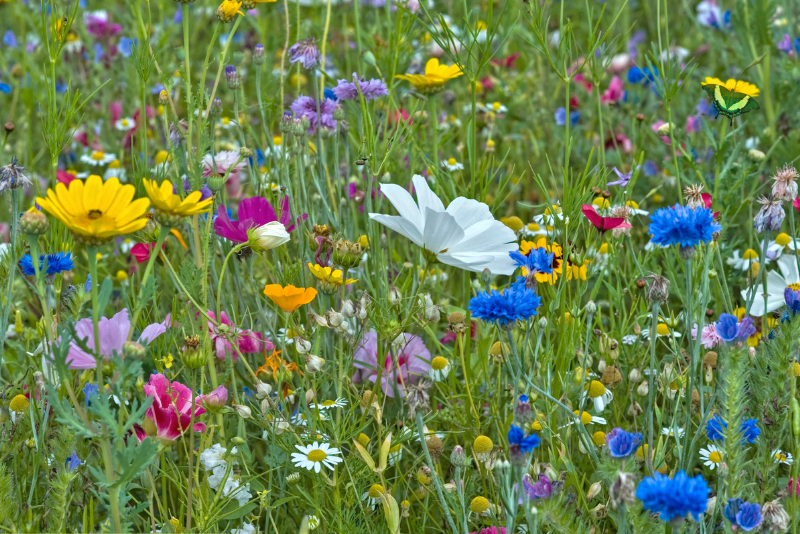
Enhanced Pollination
The central advantage of wildflower strips is their ability to attract a diverse range of pollinators that might not otherwise visit typical garden beds. With more pollinators around, plants are likely to set more fruit and produce higher yields. This is great news for anyone growing fruits, vegetables, or ornamental plants that rely on pollination.
Biodiversity Promotion
Wildflower strips are havens for a variety of plant species, which, in turn, promote a rich ecosystem that can support a wide array of animals. By cultivating a habitat for wildflowers, you’re also providing a home for a wealth of other species, from tiny insects to birds.
Natural Pest Control
A biodiverse ecosystem breeds balance. By attracting a diverse set of predators such as ladybugs, lacewings, and spiders to your wildflower strip, you’re encouraging a natural means of pest control. This can lead to a reduction in pest populations without the need for harmful chemical interventions.
Types of Wildflowers to Include
The success of your wildflower strip depends on the careful selection of flower species. Here’s what you should consider:
Native Species
Plants that are indigenous to your area are not only well-adapted to local environmental conditions but also to the local pollinators. They provide a reliable food source for native insects and birds.
Pollinator-friendly Varieties
Select flowers with high nectar content and easy-to-reach pollen. Coneflowers, sunflowers, and black-eyed Susans are popular choices that provide a rich source of nectar and pollen.
Seasonal Blooms
Choose a mix of flowers that bloom at different times of the year. This ensures a consistent supply of food for pollinators throughout the growing season. It also means your wildflower strip will be ever-changing and always in bloom.
Creating a Wildflower Strip
Site Selection and Preparation
Look for a sunny, well-drained area for your wildflower strip. The soil should be free of weeds and adequately loosened to a depth of a few inches. A soil test can help you understand and improve the soil’s fertility, if necessary.
Seed Selection and Planting
Purchase a mix of wildflower seeds suited to your climate and land type. Sow the seeds in the designated area, either directly onto the soil or lightly covered, following the instructions on the seed packet. Early spring or fall are usually the best times for planting.
Maintenance Tips
Keep the area weed-free during the first year to allow the wildflowers to establish themselves. Water as needed to keep the soil moist but not waterlogged. Once the strip is established, it should require minimal care beyond the occasional mowing or cutting back in the fall.
Attracting Pollinators
Bees, Butterflies, Birds, and Other Beneficial Insects
Different pollinators are attracted to different shapes and colors of flowers. Including a variety of flowers ensures that you’ll have a broad collection of pollinators, from bees and butterflies to hummingbirds and bats.
Providing Food, Water, and Shelter
In addition to flowers, consider other needs of pollinators. A nearby water source and a small shelter, like a bee house or bird bath, can make your yard even more inviting to these essential creatures.
Environmental Impact
Reducing Chemical Use
The presence of a healthy pollinator population may require fewer pesticides. By creating a wildflower strip, you’re taking a step toward natural, insect-friendly gardening methods.
Supporting Local Ecosystems
A wildflower strip contributes to the health of the wider ecosystem by providing resources for predators and prey, and other wildlife that rely on pollinators.
Contributing to Conservation Efforts
Across the globe, wildflower strips are being recognized as significant contributors to biodiversity and are even part of conservation initiatives. Your efforts in your own yard add to the larger story of pollinator conservation.
Closing Thoughts
The decline of pollinators is a critical issue, but it’s one that we, as individuals, can address in our own backyards. The creation of a wildflower strip is a simple yet powerful way to make a difference. By following the steps outlined in this guide and encouraging others to do the same, you can transform your piece of the world into a sanctuary for these precious creatures.
Wildflower strips offer a wealth of benefits, not just for the pollinators they attract, but for the health and vitality of your garden as a whole. Further, they present an opportunity for you to connect with nature in a personal and meaningful way, observing the intricate dance of plant and pollinator. Start small, learn from the experience, and watch your efforts bloom. The pollinators will thank you with better garden harvests, more abundant flowers, and a thriving ecosystem right outside your door.

